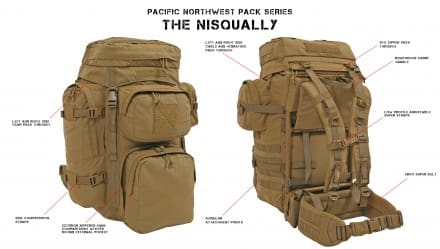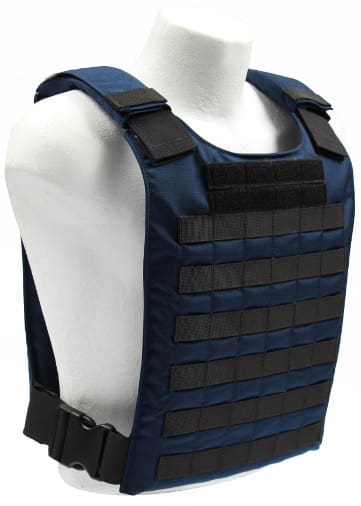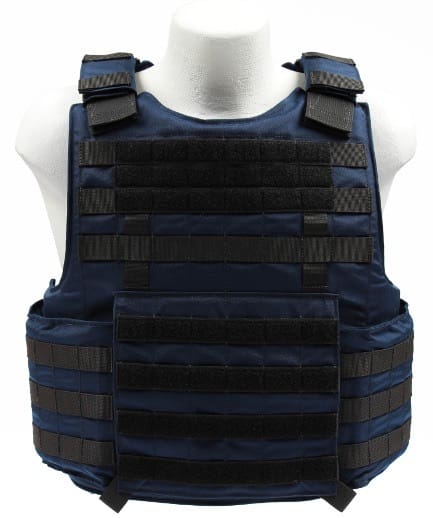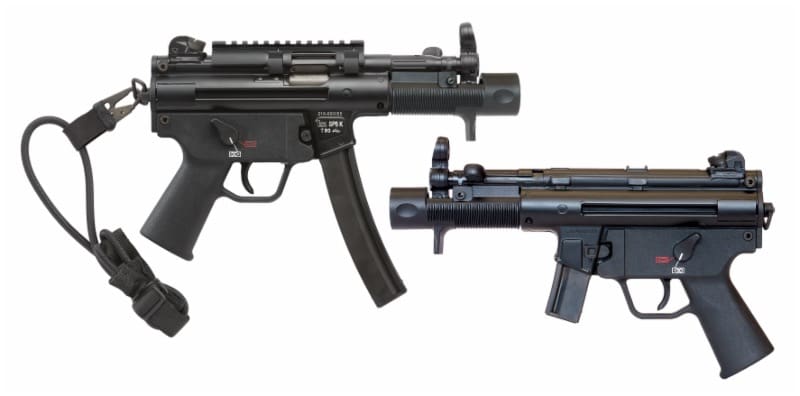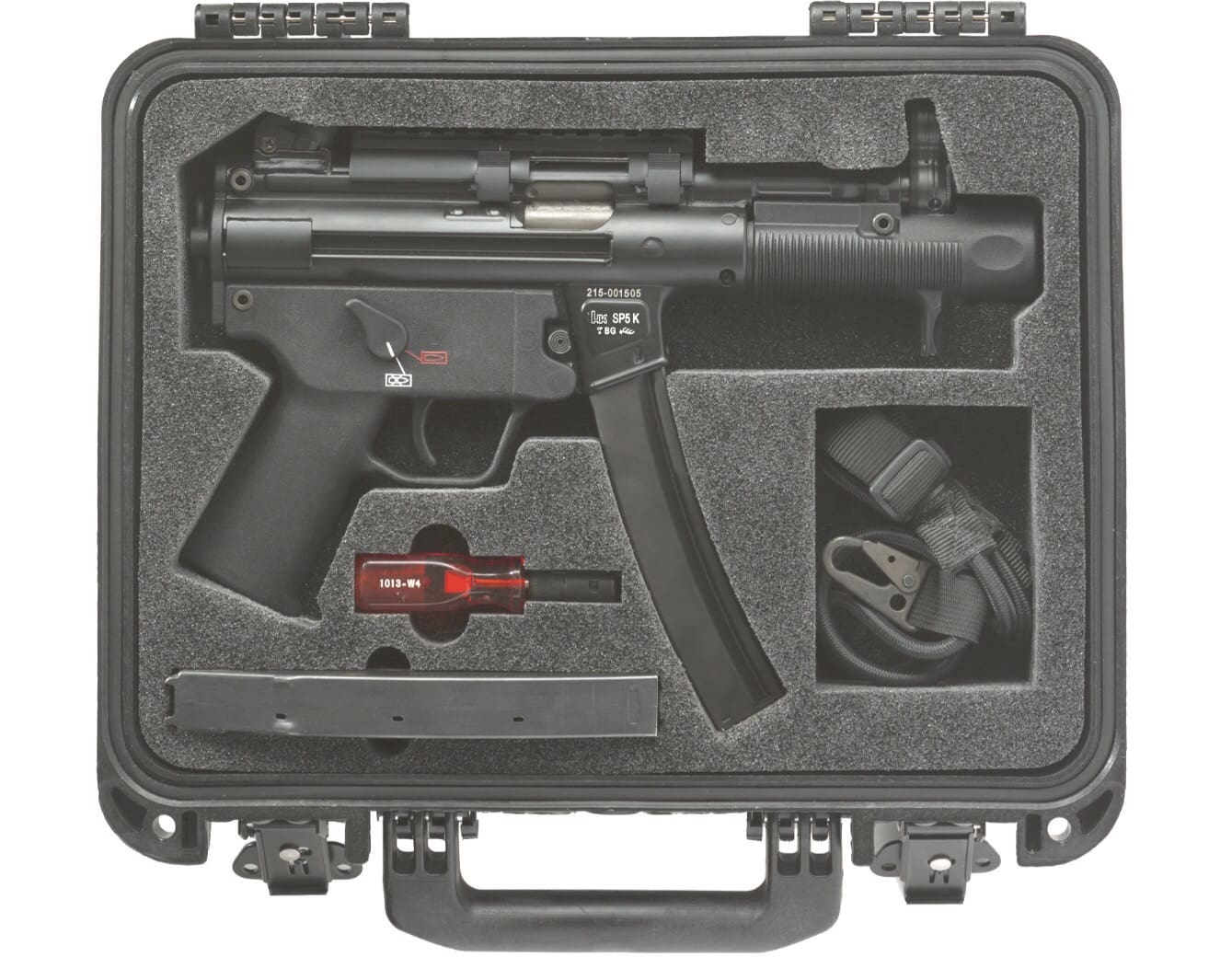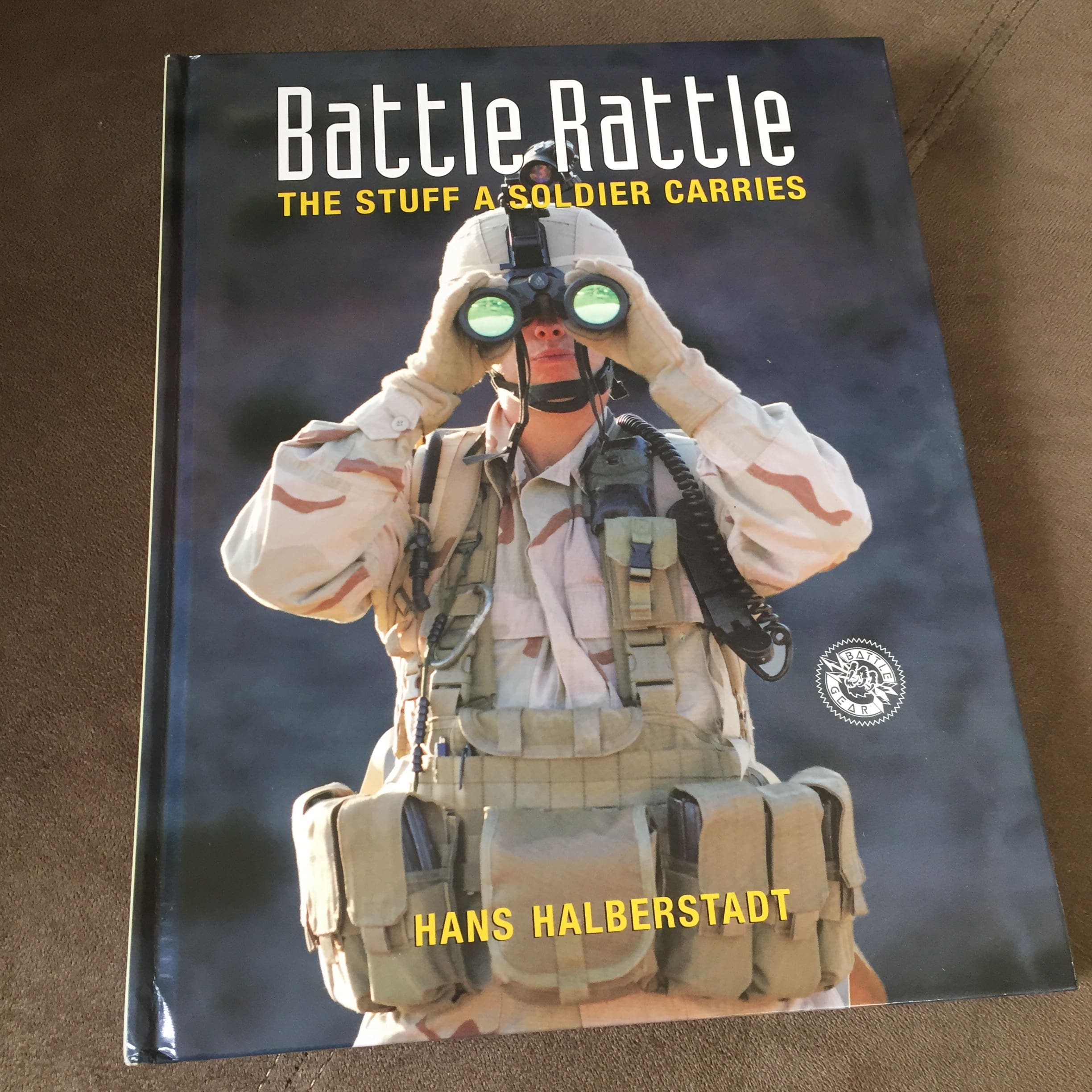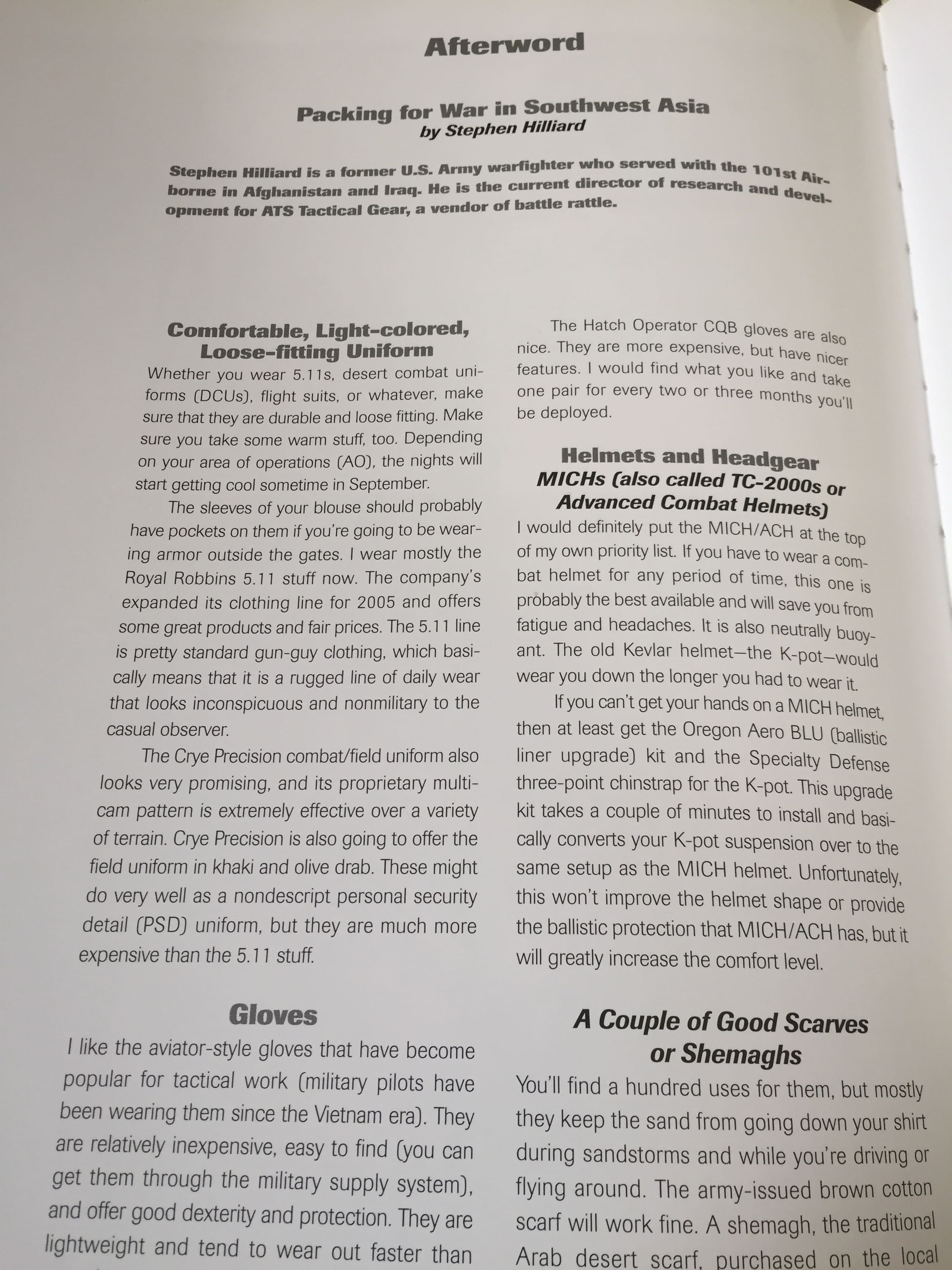Auburn, CA- IR Defense has designed the SNIPE-IR™, a new clip-on thermal weapon sight. The sights many distinct advantages including operational technologies and durability make it ideal for 24-hour use. A 640×480, 12um micron sensor provides for clear imagery and a fast 60hz frame rate keeps up with on the move targeting.
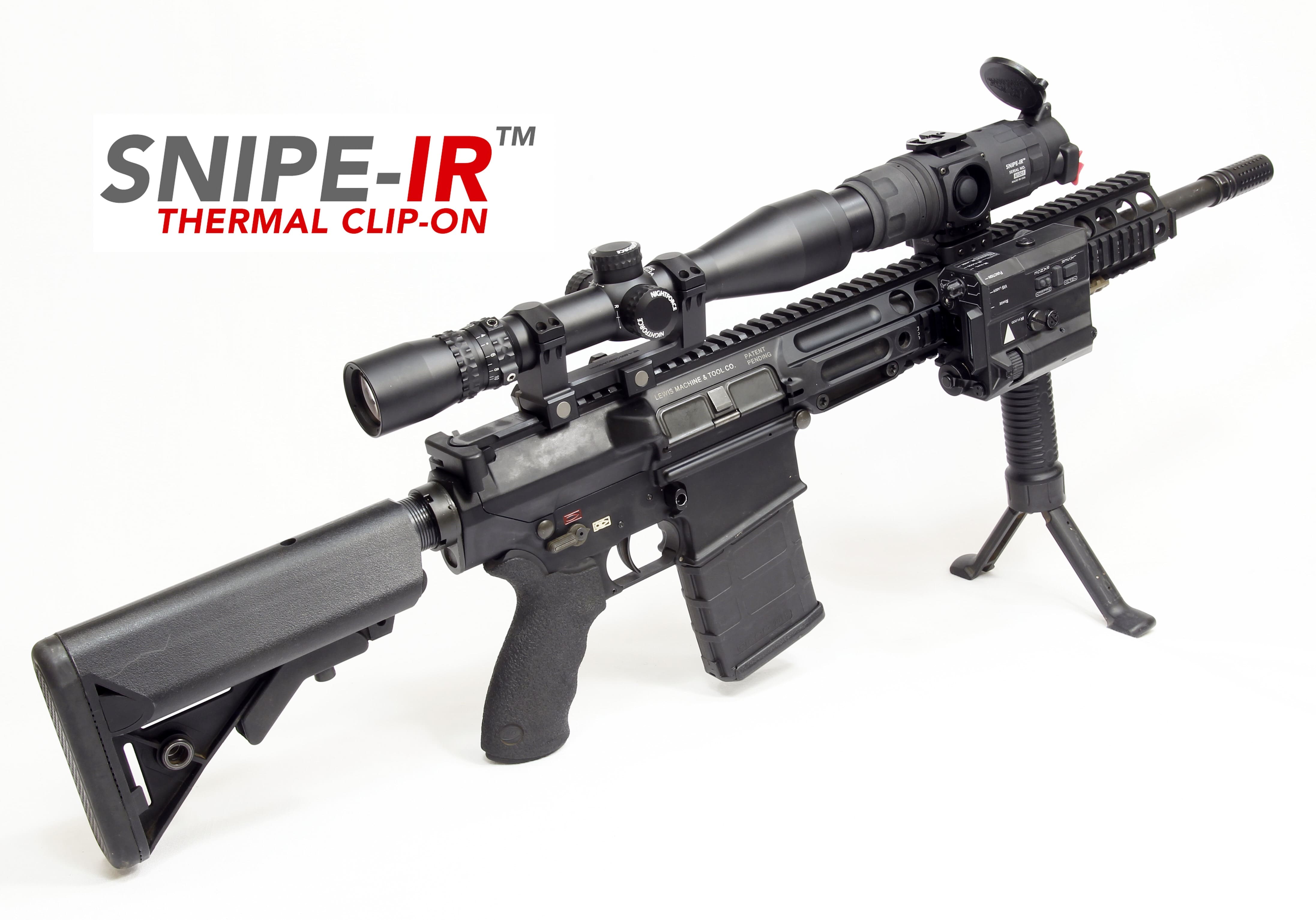
The SNIPE-IR was specifically designed to perform with the 4×32 ACOG and works great with 3x and 4x day optics as well as a large range of variable rifle sights. The compact design allows the SNIPE-IR to fit perfectly in front of your optical day sight. Separate modes allow the system to also be used as a hybrid or as a stand-alone making the SNIPE-IR a very adaptable sight. The hybrid mode allows for a full frame images for better picture quality for better accuracy and target identification. New features of the SNIPE-IR such as the No Shot Zero makes any final calibrations or adjustments simple with step-by-step user instructions that are displayed on the screen and guide you through the complete sight in procedure. This ensures the user has boresight even when attached for the first time.
The system has been ergonomically designed so that the digital display fits perfectly into your sight picture. All controls on the SNIPE-IR are easy to access and intuitive for such an advanced platform. An easy to maneuver thumb stick controls the menu options on the SNIPE-IR.
An additional new feature of the SNIPE-IR is an integrated TAPS tactical pressure switch which can control all the basic functions from anywhere on the weapon. The option of a standard D-LOC mini weapon mount or the Wilcox Flip Mount for tactical users is available.
Many of the proven features of IR-Defense’s REAP-IR have been integrated into the SNIPE-IR including polarity and zoom modes, image capture and Digital Focus Control (DFC). The OLED Emagin micro display is used on the SNIPE-IR guaranteeing superior image quality even in smoke, dust or dark conditions. Mil-Spec construction ensures the durability of the SNIPE-IR. As with all IR Defense thermal sights the SNIPE-IR is designed and manufactured in the U.S.A.
IR Defense has the leading line up of thermal weapon sights and thermal monoculars that are designed to meet the demands of the warfighter. Every system is assembled with the upmost care and precision to ensure you get a fully qualified device that you can trust your life to.


